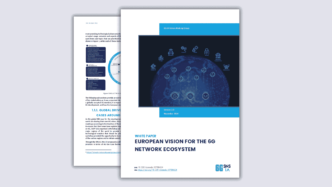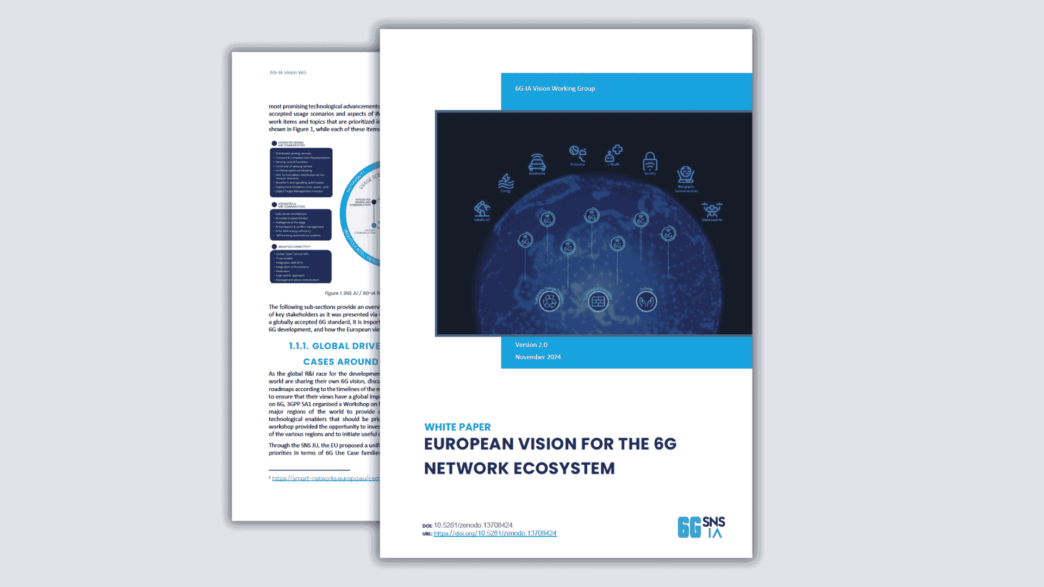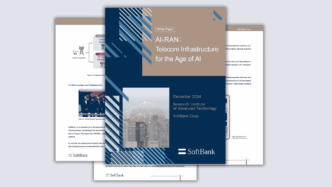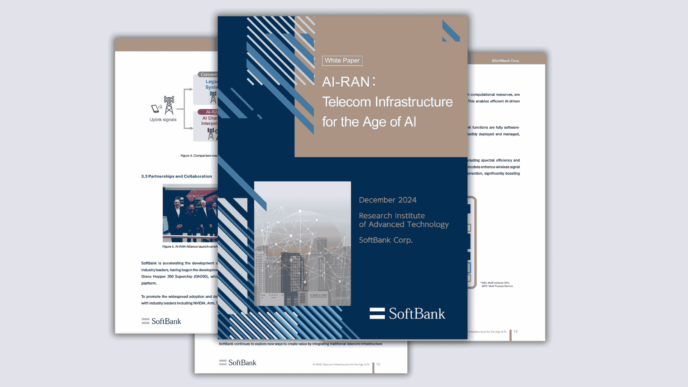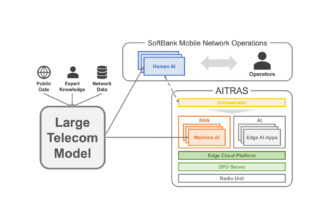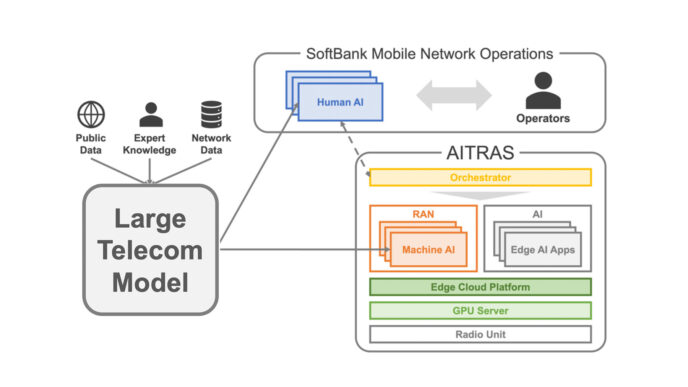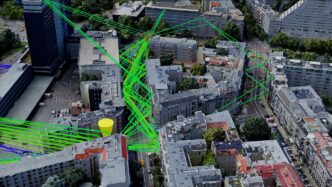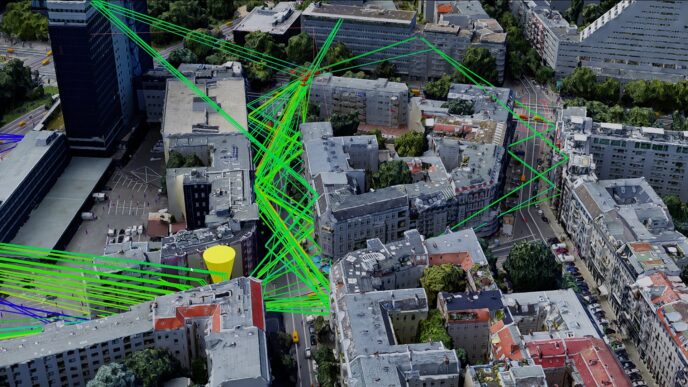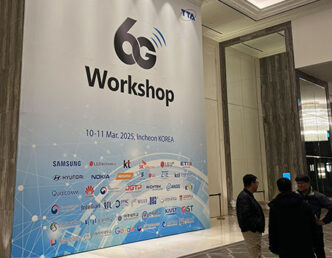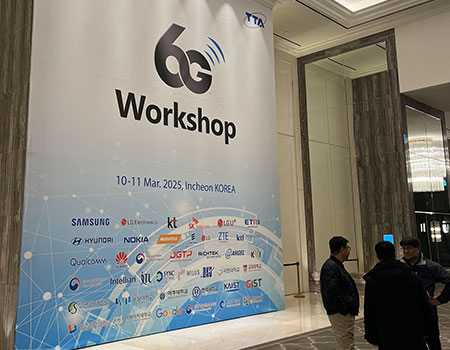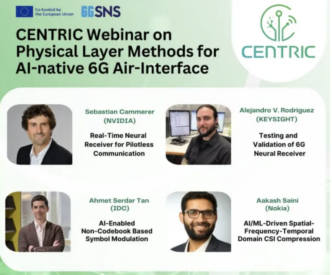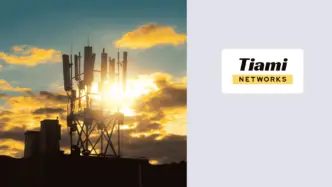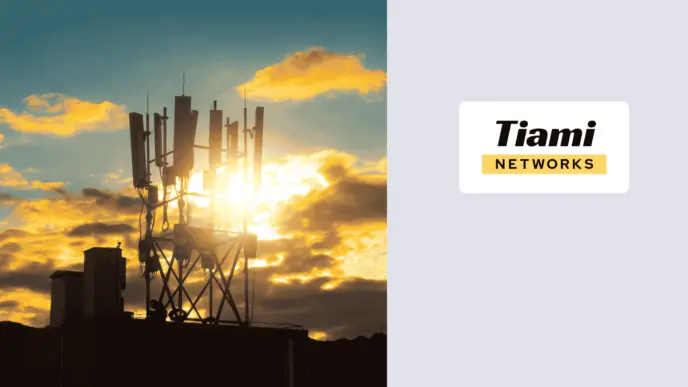The 6G-IA Vision Working Group has released an updated whitepaper titled “European Vision for the 6G Network Ecosystem“ (Version 2.0, November 2024), offering a comprehensive look at Europe’s priorities in shaping the next generation of wireless communications.
More than a technical roadmap, this vision articulates how Europe aims to integrate technological innovation, socio-economic sustainability, and global standardization efforts into the future 6G landscape. Central to the whitepaper are six defined use case families, ranging from immersive XR and digital twins to resilient connectivity and human-centric services—all mapped to specific KPIs and societal goals.
Key innovations include:
- AI-native networks and deterministic networking
- Integrated Sensing and Communication (ISAC) as a system-wide feature
- Advanced RAN/core architecture simplification and convergence
- Emphasis on energy efficiency and environmental impact, supported by Key Value Indicators (KVIs) in addition to traditional KPIs
The document also reflects Europe’s growing ambition to lead on standardization (ITU/IMT-2030 and 3GPP), regulatory readiness (e.g., AI Act, RED), and spectrum harmonization (notably 7–15 GHz). It places sustainability at the heart of 6G by positioning it both as a goal for the technology itself and a tool for enabling sustainability in other sectors.
Importantly, the whitepaper acknowledges that interoperability, supply chain sovereignty, and global collaboration will be decisive for 6G’s success. It stresses that Europe’s leadership depends on harmonizing R&D, regulation, and real-world prototyping—through initiatives like SNS JU and Hexa-X-II.
Why it matters:
As 6G moves from vision to standardization, Europe’s push for a value-driven, interoperable, and sustainable 6G ecosystem offers a blueprint for aligning performance goals with broader societal outcomes.
📄 Read the full whitepaper: European Vision for the 6G Network Ecosystem
